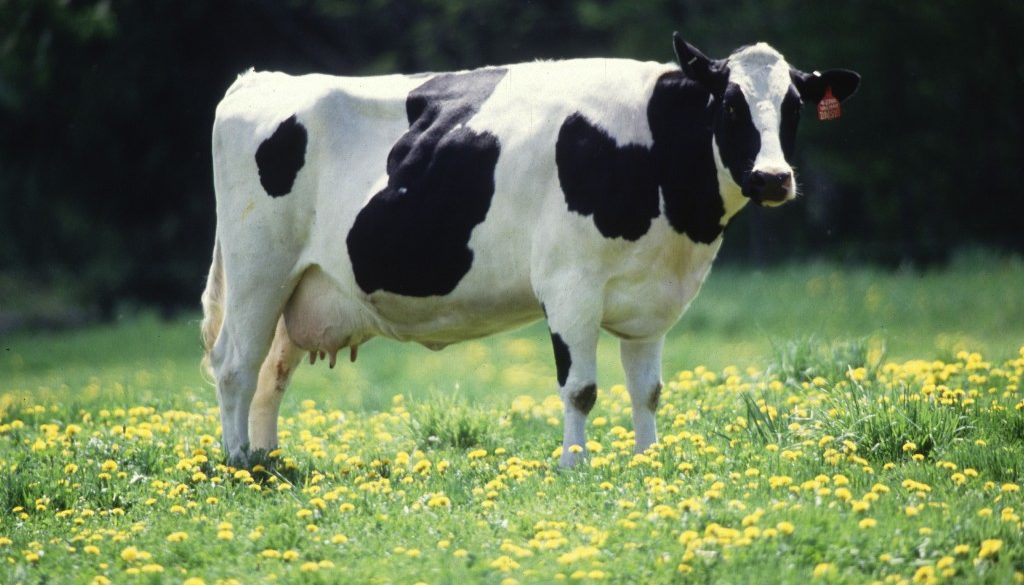Congress Must Limit How Long Livestock Can Be Fed Key Drugs
By David Wallinga, Natural Resources Defense Council
Right now, Congress has one brief window of opportunity to help tackle the antibiotic resistance crisis, and actually protect public health. The opportunity lies with Animal Drug and Animal Generic Drug User Fee Amendments of 2018, as described below. By using this law to put some limits in place around how long antibiotics can be fed to pigs, poultry and cattle, Congress could better ensure these precious medicines will be used in livestock for only as long as necessary. And not a day longer.
Every human doctor or veterinarian wanting to practice responsibly aims to treat their patients with the right medicine given at the right dose, and for the right amount of time. To treat a bacterial infection in one of my patients, I’d typically write an antibiotics prescription for five or ten days—not an entire lifetime!
And yet the Food and Drug Administration (FDA) currently allows many medically important antibiotics* to be fed to animals on farms or feedlots for their entire lives. By all accounts, that’s the way the animal drug industry—which profits from these drug sales—wants to keep it.
Specifically, FDA has approved 11 medically important antibiotics to be given in feed to flocks of poultry or herds of pigs or cattle with absolutely zero duration limits (see the list below). These “no limit” antibiotics generally are not used to treat actual disease, but rather given on a regular basis to animals that aren’t necessarily sick. FDA typically approves drugs to be used without duration limits at lower-than-treatment dosages, and to prevent or control diseases that may pop up more often because the farm’s underlying conditions are stressful and/or less-than-hygienic.

Using these particular drugs regularly, at low doses and without duration limits, is dangerous and often unnecessary. Because of worsening resistance, the supply of antibiotics that will reliably work to treat bacterial infections in people, pets or other animals, is rapidly disappearing. And the overuse of antibiotics will hasten this outcome. So, if individuals today squander antibiotics by continuously feeding them to livestock, it degrades their future usefulness for everyone else—including individual pets who are sick, farm animals, and generations of future children who haven’t even been born yet.
Soon, the House of Representatives could miss out on one of its best chances to tackle this important problem. Next week, the House Energy and Commerce Committee is working on its version of the Animal Drug and Animal Generic Drug User Fee Amendments of 2018. The FDA and the animal drug industry both desperately want the law passed, because it directs drug makers to pay fees that ensure their products are approved more quickly, and the fees help pay for salaries and program budgets at FDA. Unfortunately for public health, the Committee seems to have little interest in pushing the FDA to put duration limits on feed uses of the medically important drugs that are also sold for use in animal feed.
For tackling antibiotic resistance, the imposition of duration limits would be a step in the right direction. In part, this overuse of antibiotics is a numbers game. The longer that antibiotics are fed to flocks or herds of animals, and the more those animals are exposed to antibiotics, the more likely that drug-resistant bacteria living on those animals will multiply and spread. Resistant bacteria on the farm can then become vehicles for carrying new resistance into the human population.
Alternatives to using antibiotics routinely already exist, and more are in the development pipeline. Some commonplace uses of feed antibiotics can be avoided altogether. For example, tylosin is FDA-approved to be fed to pigs without any duration limit to prevent diarrhea. Clearly, if pigs in herds were actually sick with diarrhea, feeding tylosin to them indefinitely would be overkill, and unnecessary. FDA also has approved another chlortetracycline product (not included in Table 1) to be fed to cattle on feedlots for ‘longer than 28 days’, including to “aid in the maintenance of weight gain’. Again, that is neither a disease treatment, nor a responsible use of these precious medicines.
Now is the time to set some sensible limits on how long antibiotics can be fed to livestock.The World Health Organization and other infectious disease experts warn that to continue feeding medically important antibiotics regularly, and without duration limits, to livestock that aren’t sick poses a threat to public health. They say a future is approachingwhen doctors may no longer perform many of the ‘miracles’ of modern medicine—procedures like joint replacements, dialysis, organ transplants and chemotherapy—because antibiotics reliable enough to treat the bacterial infections inevitably complicating these procedures will no longer available.
That time is racing towards us. It will be a public health tragedy if leaders in Congress only act to save antibiotics once it is too late.
* In this context, medically important antibiotics are those belonging to classes used in human medicine, as well as in animals. The World Health Organization puts out a list of antibiotics of medical importance, available at http://www.who.int/foodsafety/publications/cia2017.pdf.

